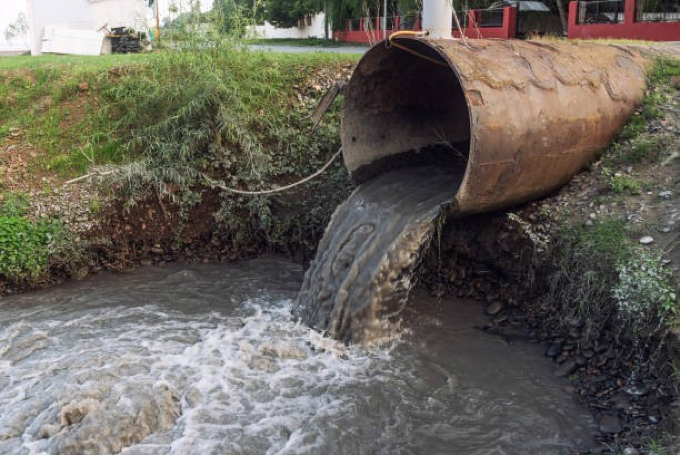By Moses Lelaka, Technical Water Lab Manager
When we turn on the tap and run a hot bath, fill up the glass of water for drinking, go for a swim in the deep blue oceans or fry up a freshly caught fish from the lakes, rivers and dams or even streams, most of us take it for granted that these are all safe actions. The truth of the matter is that the scientists, water boards, engineers, local authorities and water quality specialists are working tirelessly behind the scenes to ensure that the quality of this precious commodity is as high as possible.
Living organisms need water to survive. All oxygen-dependent organisms need water to aid in the respiratory process. Some organisms such as fish can only breathe in water. Other organisms require water to break down food molecules or generate energy during the respiratory process.
Water quality is a very critical practice carried out in countries around the globe. The South African Department of Water and Sanitation has committed to effectively implement the blue drop and green drop certification programmes which call for excellent drinking water and wastewater quality management in the country. The World Health Organisation (WHO) has continually produced guidance on the management of drinking water quality since 1958 when it published the international standard for drinking water.

What is water quality?
Water quality can be defined as the measure of suitability of water for a particular use, based on these characteristics:
Physical characteristics - temperature, colour, sediments suspended in water
Chemical characteristics - dissolved oxygen, acidity nutrients, dissolved salts, pH etc
Biological characteristics - bacteria, algae and waterborne plants
Human activities cause changes in these attributes and thus affect living resources over time. Sewage, industrial chemicals, heavy metals from industrial processes, and household cleaners are just a few examples of materials that are commonly discharged into rivers and streams.
Additional water pollutants include chemicals, pesticides, fertilizers, motor oils, litter and other components of polluted runoff.

The other way that human activities impact on the water quality is by changing ecological process that naturally purify water. Healthy aquatic ecosystems such as wetlands, streams, bays, and oceans have natural processes that purify water of wastes. Micro-organisms decompose organic waste into nutrients that can be absorbed by plants.
Wetlands act as natural filtering systems as they trap sediments, hence preventing the sediments from reaching the streams.
The most common direct impact on wetlands includes removal of vegetation and building/construction. All these activities can result in increased flooding, extinction of certain species as well as the decline in water quality.
Why monitor the water quality?
Monitoring provides the evidence necessary to make decisions on managing water quality today and in the future. This alerts us of the current, ongoing and emerging problems to determine compliance with drinking water standards and to protect other beneficial uses of water such as irrigation.
Water quality monitoring also assists the law-makers and water managers to formulate new policies to better protect human health and the environment.
WearCheck’s experienced team of water analysts tests a wide range of water samples every day to determine the water condition and whether it is safe for human consumption, swimming, irrigation, industrial use and whether it complies with the strict disposal requirements.
The WearCheck family has grown with the recent acquisition of Set Point Water Laboratories. Incorporating these specialised water analysis skills into our business, means we can offer our clients diverse testing and analysis options. Visit our website for more info.

